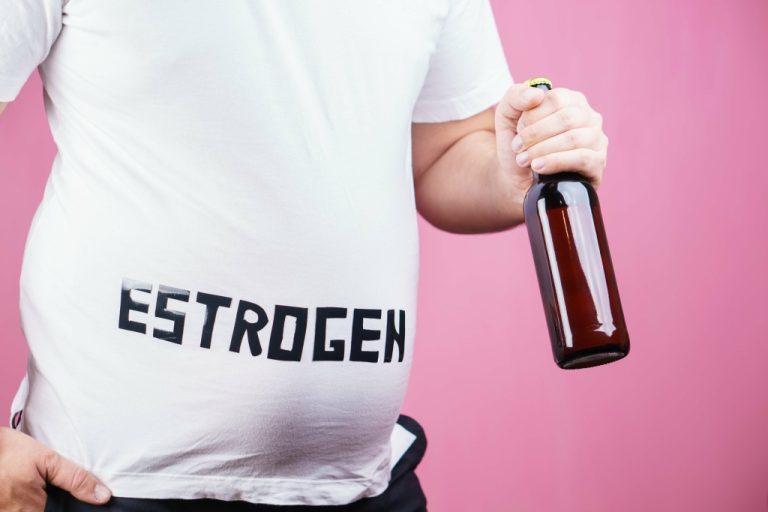Lately, powders and pressed pills that are illegally sold as heroin, cocaine, crystal meth or even prescription opioids pills actually contain doses of fentanyl that are very dangerous and often deadly. Opioids and opiates can become addictive because they not only dull pain, but can also produce a sense of euphoria in some people. This, combined with tolerance build (needing to increase doses to produce the same effect) can lead to opioid use disorder. It typically involves an overpowering drive to use opioids despite consequences, increased opioid tolerance and/or withdrawal symptoms when you stop taking opioids. Over time, their effect can make you want to keep using the medicine or use it incorrectly.
- People misusing opioids may try to switch from prescription drugs to heroin when it’s easier to get.
- Look for signs that appear suddenly, drastically, and seem to contradict your teenager’s personality.
Opioids can also cause problems to the organs in the body, including the brain, bowels, heart, lungs, and bones. When pharmaceutical companies in the 1990s told prescribers that their opioid pain medications were not addictive, more prescribers began using them for their patients. Opioids may also consist of signs of opioid addiction street drugs, such as heroin or synthetic fentanyl. Opioid use disorder is a complex disease, and treatment works best when tailored to the individual. There is not a single approach that works well for everyone, and a person may try several therapies before finding the ones that support lasting recovery.
Responding to an Opioid Overdose
Opioid overdose treatment with naloxone can be used in an emergency situation when a person has taken an overdose of opioid drugs and has stopped breathing or is in danger of stopping breathing. Naloxone flushes the narcotic out of the brain’s receptors and can reverse the overdose, but it does not address the underlying opioid use disorder as addiction treatment would. Opioid use disorder is a complex mental health and brain condition. These changes make it hard to stop taking opioids, even if you want to.
Recognizing the signs of opioid addiction is crucial for early intervention and treatment. In addition, an illegal drug that falls under the category of an opiate is heroin. However, legally prescribed opiates have similar effects to this illegal counterpart, and for many, addiction happens just as easily. As mentioned, not only does someone in pain feel relief when they take an opiate, but they also feel happier overall due to the release of dopamine. This feeling can feel somewhat like finding something they’ve been searching for their entire lives.
Mayo Clinic Press
Opioid addiction often coexists with mental health disorders, such as depression, anxiety, and post-traumatic stress disorder (PTSD). Additionally, long-term opioid use can worsen existing mental health conditions or contribute to the development of new ones. Opioid addiction, or an opioid use disorder, involves the continued, compulsive misuse of opioid drugs despite the negative impact such use has on a person’s life.

In the 2020 survey, questions about substance use disorder were given only to individuals who abused prescription drugs, such as taking them for longer periods of time or in larger amounts than what was prescribed. However, even when prescription drugs are used as intended, people can still be at risk of developing addiction. One of the earliest signs of opioid addiction is the development of physical dependence. This occurs when the body becomes accustomed to the presence of opioids, leading to withdrawal symptoms when the drug is not taken. Withdrawal symptoms can include nausea, sweating, anxiety and muscle aches, which drive individuals to continue using opioids to avoid feeling unwell.
How can I prevent opioid use disorder?
Even when suffering from a substance use disorder, a person may deny that the problem is serious and resist efforts to help for a long time. When ready and willing to start a recovery process, it is important for the person to have access to resources and to start treatment as quickly as possible. When taken as directed for a limited time, opioids are not likely to lead to addiction. But taking them for a long time and not following directions raises the risk of misuse and opioid use disorder. Treatment is highly individualized — one person may need different types of treatment at different times. Several studies have found that about half of people who experience a mental health condition during their lives will also experience a substance use disorder and vice versa.

Research shows that using them for more than a month can make you dependent on them. Drug tolerance and dependence are a result of taking any opioid drug for a long time. You can be tolerant to or dependent on a drug, but not yet be addicted to it.